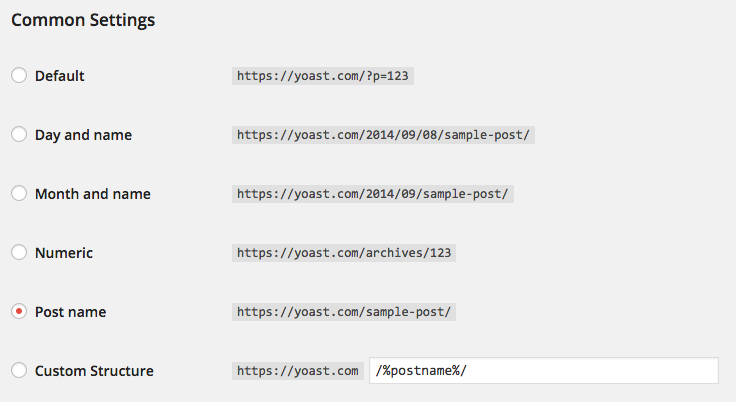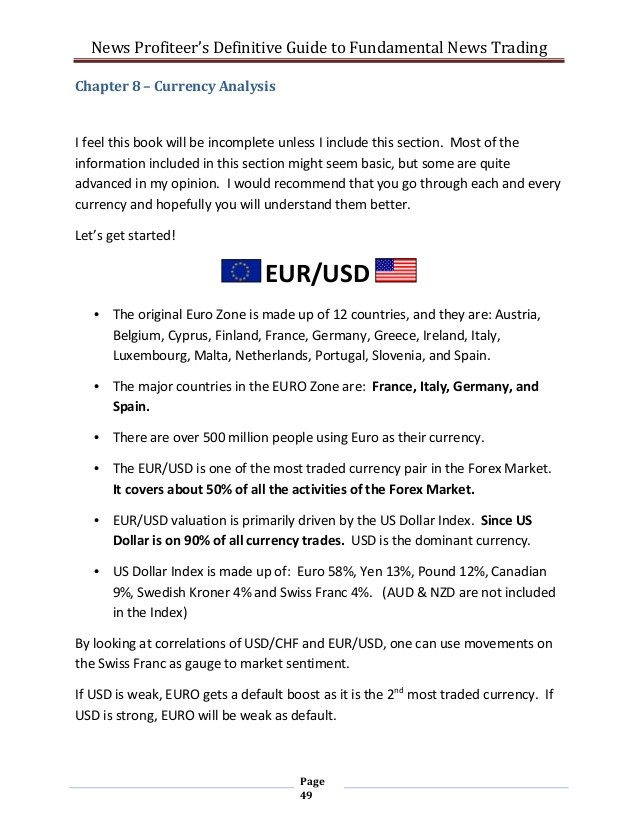Definitive Guide To Using Technical Analysis on
Post on: 17 Июнь, 2015 No Comment

by Eric Dutram on May 12, 2010 | Updated July 9, 2014 | ETFs Mentioned: EWP GLD UNG VXX
Over the years, ETFdb.com has significantly expanded the data available surrounding each of the 1,600+ ETFs available to U.S. investors. Investors now have the option to delve more deeply into a particular fund, taking an x-ray look at the underlying holdings, examining the fact sheet, or reviewing historical returns and other fundamental data (see The New And Improved ETF Database ). While most of these additions are largely self-explanatory, many of the data points presented on the technical analysis pages requires further explanation.
These figures are often seen as tools that help traders to buy and sell securities based on pricing and other trends. Most of the technical indicators are primarily used in order to figure out when to get in and out of a security. Generally speaking, these indicators can be broken down into three groups; momentum, support & resistance, and oscillators. While the calculations behind some of these metrics are simple, others are quite complex. Below, we provide ETF investors with a helpful list of definitions for all the terms that can be found on our technicals pages for each and every one of our ETFs.
Momentum
Momentum represents the difference between todays closing price and the closing price X number of days ago. In our case the X stands for 20 days ago and 60 days ago, depending on which line you are looking at. Rather than buying low and selling high, this strategy attempts to have investors buy high and sell even higher believing that the trend is your friend and unlikely to reverse very easily.
Example. At the time of writing, iPath S&P 500 VIX Short-Term Futures ETN (VXX ) had Momentum (20 day) of $2.80 and Momentum (60 day) of -$10.28. This means that over the past 20 days, VXX gained $2.8 while over the past 60 days, VXX has lost $10.28 (see more technicals of VXX here ).
MACD, or Moving Average Convergence Divergence, is calculated by subtracting the 100-day exponential moving average (EMA) from the 12-day EMA. For the 15 day figure, the 15 day EMA is subtracted from the 12-day EMA. Both of these numbers are then compared to a nine period EMA, which gives us the MACD value. Generally speaking, when the shorter EMA is higher than the longer EMA, it suggests a bullish short-term trend. Meanwhile, as the shorter EMA dips below the longer EMA, it could be suggesting a bearish trend in the near future.
Williams Percent Range
Developed by Larry Williams, this indicator compares a securitys closing price to the high-low range over (in our case) either a 10 or 20 day period. The range of values goes from zero down to -100; readings from 0 to -20 usually indicates a stock is overbought while a reading from -80 to -100 indicates that an ETF may be oversold.
Example. Lately, the iShares MSCI Spain Index Fund (EWP ) has been getting pounded; at the time of writing, it had a Williams % range of just under -98 suggesting that the fund may have been deeply oversold in the wake of the debt crisis (see more technicals of EWP here ).
Relative Strength
This indicator compares the magnitude of recent gains to recent losses in an attempt to determine overbought and oversold conditions of an ETF. It is calculated using the following formula: RSI = 100 — < 100/ (1 + RS)> (RS = Average of x days up closes / Average of x days down closes). This produces a value in the range from 0 to 100. An asset is deemed to be overbought once the RSI approaches the 70 level, while if the RSI approaches 30, it is an indication that the asset may be getting oversold and therefore likely to become undervalued.
Ultimate Oscillator
Also developed by Larry Williams, the Ultimate Oscillator combines a stocks price action during three different time frames into one bounded oscillator according to stockcharts.com. Values range from 0 to 100 with oversold levels in the 0 to 30 range and overbought readings coming in at 70 to 100. Typically values of 7-periods, 14-periods and 28-periods are used which has the effect of giving the oscillator a significant short-term bias.
Support & Resistance
Bollinger Bands are lines that are plotted two standard deviations away from a simple moving average (in our case, based on the trailing 10, 20, and 30 day averages). The bands are seen as a measure of volatility that adjust automatically when markets become more volatile by increasing in width. These lines help to form strong levels of support and resistance for a particular security. Some believe that as prices approach the upper band the ETF is more overbought while as the ETF approaches the lower band the security is oversold.
Example: At the time of writing the United States Natural Gas Fund (UNG ) produced 10 day Bollinger Bands of $6.97 and $7.54 with a closing price of $6.94. This suggests that UNG has been oversold as of late since it is currently outside of its lower Bollinger Band (see more technical analysis of UNG here ).
Support and Resistance Levels
Support refers to levels that an ETF has a hard time of falling back below. In other words, once an ETF falls to this level it is unlikely to fall further; it offers support to the current price. Meanwhile resistance refers to levels that an ETF has a hard time of breaking through on the upside. In other words, the ETF has gained in price but once it reaches this resistance level it tends to fall back down. Traders generally look for a security to break through either the support or resistance levels in order to signal a sharp price increase (for resistance) or a sharp fall in prices (for support).
Stochastics

Stochastic Oscillator (%K)
The formula for this oscillator is somewhat complicated, it takes the closing price and subtracts the lowest low of the period. Then, it takes the highest high for the period and subtracts the lowest low for the period. The first figure is divided by the second and then multiplied by 100 in order to obtain the %K oscillator. The equation can also be represented as: %K = 100*[(Close-Lowest Low for the period)/(Highest High for the period- Lowest Low for the period)].
Stochastic Oscillator (%D)
This oscillator can be found by taking the 3 period moving average of the %K stochastic.
The other stochastics you see on our page refer to what the oscillators were one day ago and five days ago in order to give a comparison of todays readings to those of yesterday and last week. So how do you interpret these figures? According to Investopedia. the theory behind this indicator is that in an upward-trending market, prices tend to close near their high, and during a downward-trending market, prices tend to close near their low. Transaction signals occur when the %K crosses through a three-period moving average called the %D. Also, once again, readings above 80 may indicate overbought conditions while readings below 20 may indicate than ETFs have been oversold.
Example. At the time of writing, the SPDR Gold Trust (GLD ) produced a Stochastic Oscillator (%K) of 78.9 and a Stochastic Oscillator (%D) of 81.3 suggesting that GLD may be quickly approaching overbought territory and may be due for a pullback (see all of GLDs technicals here ).
For more information on oscillators, check out this article. For more ETF analysis, sign up for our free ETF newsletter .
Disclosure: No positions at time of writing; the examples given above are not intended to be endorsements to buy or sell a security, they are merely for illustrative purposes.














